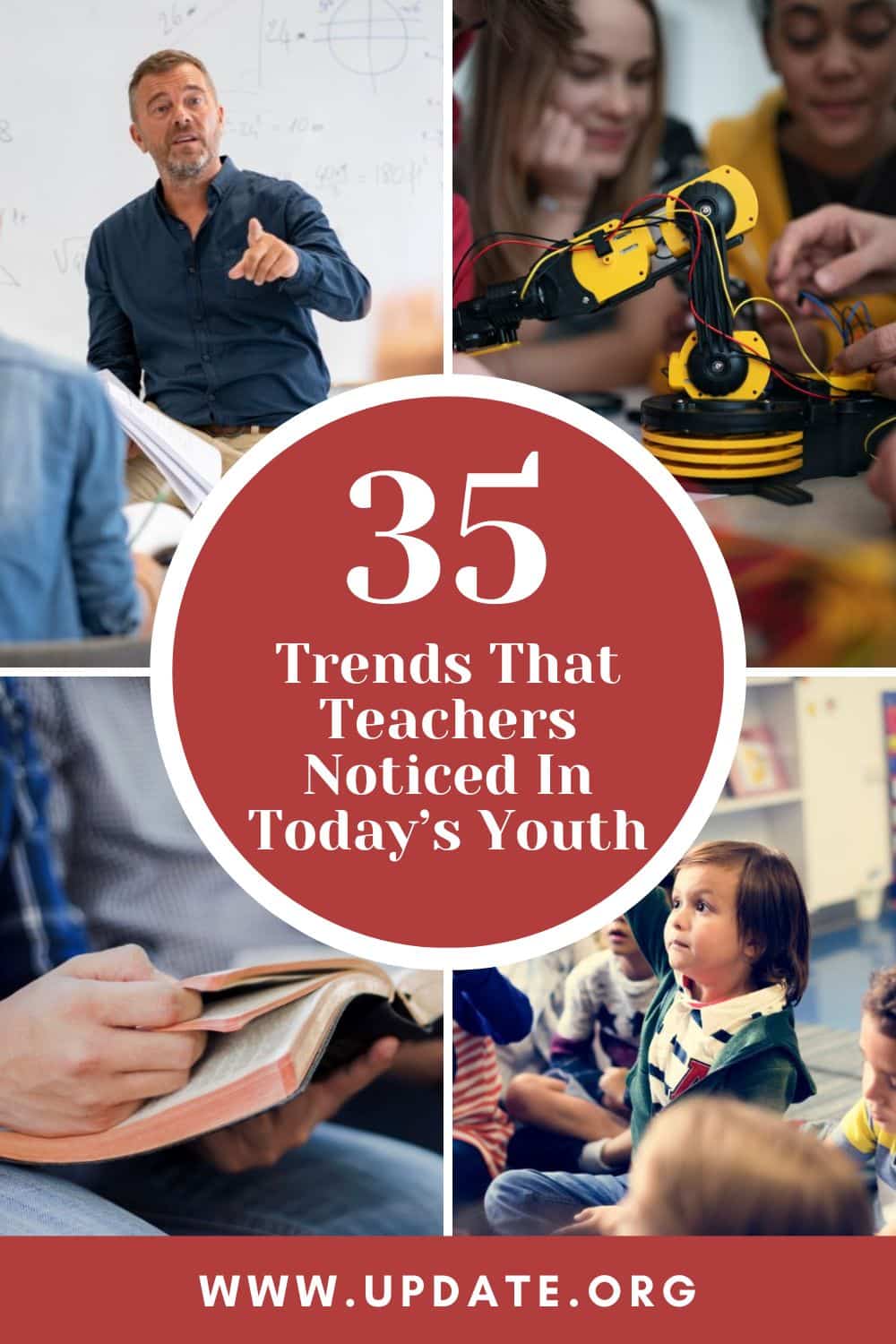In recent years, educators have observed significant shifts in the behaviors and attitudes of young people. These changes range from enhanced emotional intelligence and academic focus to a growing acceptance of diversity and alternative educational paths.

These trends reflect a transformative landscape in youth culture and education. They highlight the evolving dynamics of student interactions, their approach to learning, and their response to societal and technological changes. This overview encapsulates these key developments, as noticed by teachers across various educational settings.
Jump to:
- 1. Nerd and Geek Cultures Are Now Celebrated, Not Mocked
- 2. Gen Z's Career Ambitions Shaped by a Blend of Flexibility, Entrepreneurship, and Social Consciousness
- 3. Elementary Students Today Show Increased Kindness and Empathy
- 4. Drunk Driving Is Viewed as Reckless and Foolish by Modern Teens
- 5. Children Are More Accepting of Cultural and Linguistic Differences Today
- 6. Today's Youth Are Kind and Charitable, Even in Small Acts
- 7. Students with Autism Are Experiencing More Inclusion and Kindness from Peers
- 8. Young People Are Showing Greater Tendencies Towards Cleanliness and Organization
- 9. Girls Are Increasingly Taking the Initiative in Romantic Relationships
- 10. Youthful Pessimism Is Often Coupled with Cynical Humor in Today's Generation
- 11. Meme Culture Is Bridging Social Divides Among Today's Youth
- 12. High Schoolers Today Sport Impressively Stylish Wardrobes
- 13. Empathy and Adaptability Are Flourishing Traits in Today's Young Minds
- 14. Today's Youth Are Innately Tech-Savvy and Exceptionally Hardworking
- 15. Academic Success Has Become a Key Aspect of Coolness in High School
- 16. Open Affection Towards Parents Is Becoming More Common Among Teens
- 17. Academic Achievement Is Valued Across All Social Groups in Rural High Schools
- 18. High Schoolers Demonstrate a Complex Mix of Rivalry and Mutual Understanding
- 19. Young Children Show Advanced Communication Skills in Conflict Resolution
- 20. Youth Are Using Technology Creatively in Learning and Artistic Expression
- 21. In-Person Bullying Is on the Decline Among Modern Youth
- 22. Children Are Increasingly Conscious and Proactive About Environmental Issues
- 23. College Students Embrace Diverse Friendships Beyond Social Norms
- 24. High School Students Exhibit Remarkable Emotional Intelligence
- 25. Students Recognize Value in Specialized Education and Alternative Paths
- 26. Young Children Show Advanced Academic Skills and Responsible Tech Use
- 27. Students Actively Learn About Political Issues, Challenging Parental Views
- 28. Schools Show a Growing Acceptance of Cultural Diversity
- 29. Graphic Novels Enhance Critical Thinking in High School Students
- 30. Religious Openness Becomes a Norm Among Youth
- 31. Kids Today Show More Respect and Participation in Activities
- 32. Students Excel in Collaboration and Communication Skills
- 33. Attitudes Toward LGBTQ+ Students in Schools Have Improved Dramatically
- 34. Students Are More Aware of Job Market Needs and Personal Development
- 35. Education Sparks Natural Feminism Among Underprivileged Girls in India
1. Nerd and Geek Cultures Are Now Celebrated, Not Mocked
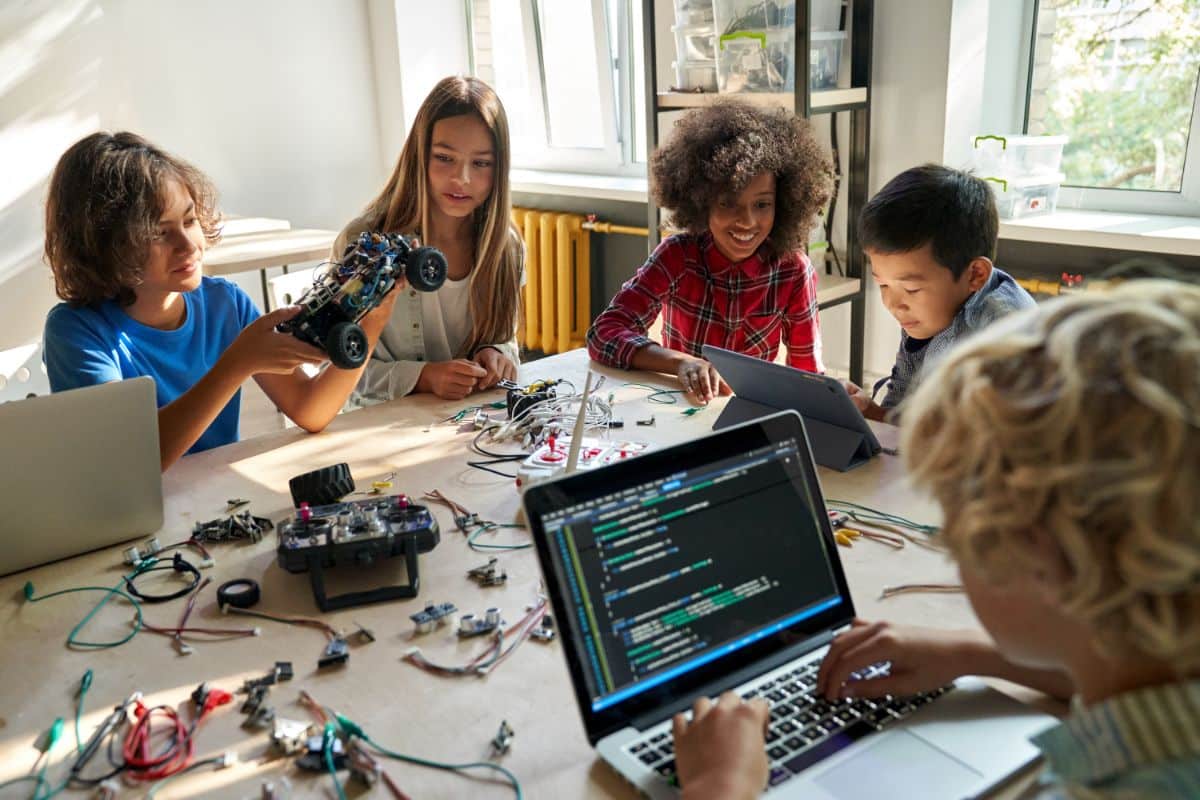
Gone are the days when 'nerd' was a derogatory term. In our tech-driven age, nerd and geek cultures are celebrated, even becoming mainstream. Intellectual pursuits and passion for technology are now cool, reshaping social dynamics in schools.
How times have changed! No longer relegated to the fringes, smart kids are gaining respect. This shift towards valuing multi-disciplinary excellence represents a cultural adjustment, as intelligence and diverse interests gain newfound admiration among peers.
2. Gen Z's Career Ambitions Shaped by a Blend of Flexibility, Entrepreneurship, and Social Consciousness
The pandemic has significantly influenced Gen Z's career aspirations, with many now seeking flexible work arrangements and entrepreneurial opportunities. Their experience during the lockdown has led to reevaluating traditional work patterns, favoring a better work-life balance.
In addition to career flexibility, Gen Z exhibits a strong social consciousness, viewing their education as a pathway to making a positive global impact. Their aspirations reflect a desire for careers that are personally fulfilling and contribute to societal betterment.
3. Elementary Students Today Show Increased Kindness and Empathy
Research reveals that elementary students have a profound understanding of kindness, encompassing compassion, inclusion, and altruism. Their definitions of kindness go beyond simple niceness, highlighting generous and empathetic behaviors.
Interestingly, peers recognize students who emphasize compassion and inclusion in their kindness, while teachers' assessments vary. These findings suggest children possess a nuanced comprehension of kindness, potentially guiding more effective teaching and promotion of this virtue in schools.
4. Drunk Driving Is Viewed as Reckless and Foolish by Modern Teens
The current student generation views drunk driving as a serious and foolish risk. This responsible attitude is a striking change from the past when drunk driving was alarmingly normalized.
"Just take an Uber, don’t be a dick" – this common phrase among students today highlights a major cultural shift. They prioritize safety and responsibility, making fun of those who choose to drive under the influence. It’s a sign of growing maturity and social consciousness.
5. Children Are More Accepting of Cultural and Linguistic Differences Today
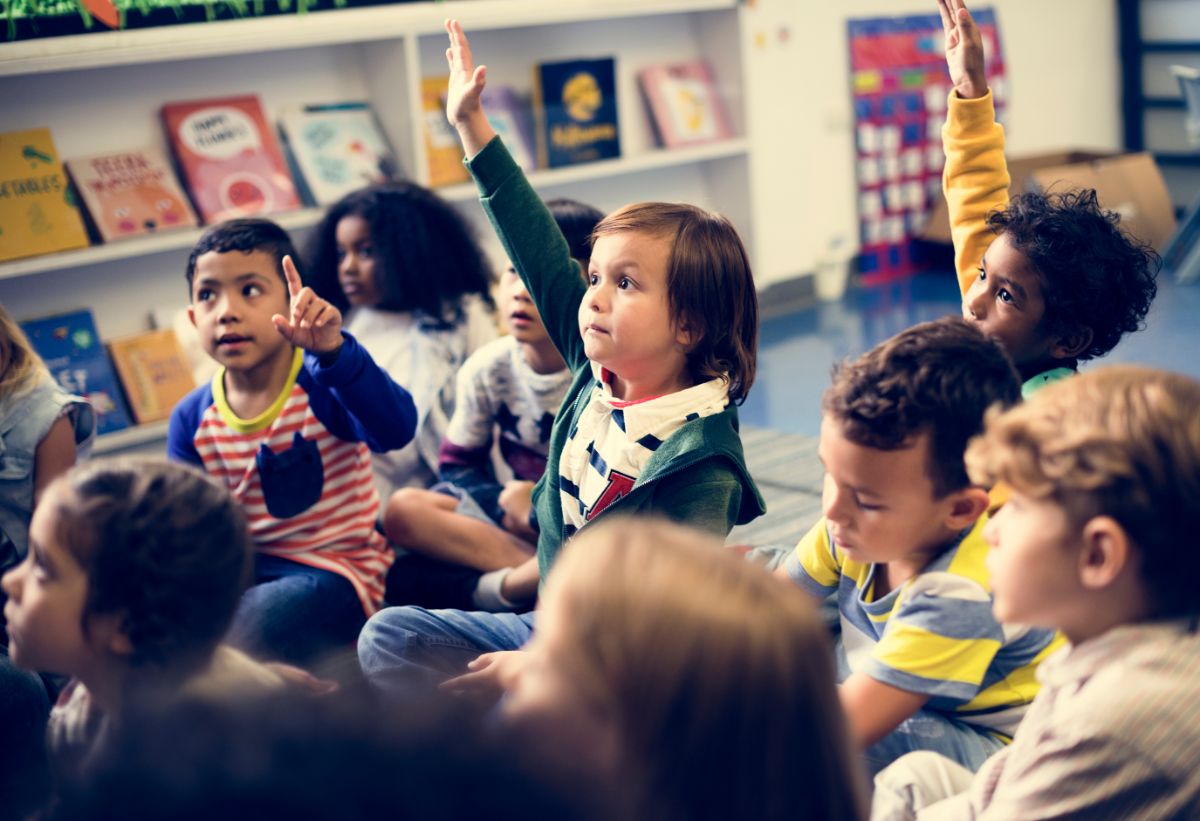
Today's children show remarkable empathy, especially towards peers from different cultural or linguistic backgrounds. This is a stark contrast to the past, where differences often led to bullying. This shift towards inclusivity and empathy is profound. Stories of cross-cultural friendships and language learning highlight a broader acceptance of diversity. It’s encouraging to see today’s youth embrace and celebrate differences, fostering a more inclusive environment.
6. Today's Youth Are Kind and Charitable, Even in Small Acts
Today's youth are kinder and more charitable. They frequently assist each other, even paying for others when needed – a stark contrast to older generations. This goes beyond mere politeness. When faced with issues like finding hair in their food, today's young people respond with understanding, not anger. It’s a refreshing change, reflecting a broader cultural shift towards empathy and community support.
7. Students with Autism Are Experiencing More Inclusion and Kindness from Peers
Students today exhibit an inspiring level of acceptance towards peers with autism, a significant change from past experiences of exclusion and teasing.
Even the 'jock' students are seen as being inclusive and protective. This indicates a broader cultural shift towards empathy and understanding, creating a more supportive environment for everyone, irrespective of their differences.
8. Young People Are Showing Greater Tendencies Towards Cleanliness and Organization
Young people today are surprisingly more inclined towards cleanliness and organization than previous generations. From handwashing to tidying up, they demonstrate a responsible and disciplined attitude. This neatness extends to environmental consciousness, with young people avoiding litter and being mindful of their surroundings. It’s a positive development, indicative of a generation that values order and cleanliness.
9. Girls Are Increasingly Taking the Initiative in Romantic Relationships
The dating scene is evolving, with girls increasingly asking boys out. This trend is changing traditional dating dynamics, promoting openness and straightforward communication.
It's a shift towards gender equality and empowerment. Boys are adjusting to this new normal, expecting frankness from girls. It’s a positive change, encouraging equality and open communication in relationships.
10. Youthful Pessimism Is Often Coupled with Cynical Humor in Today's Generation
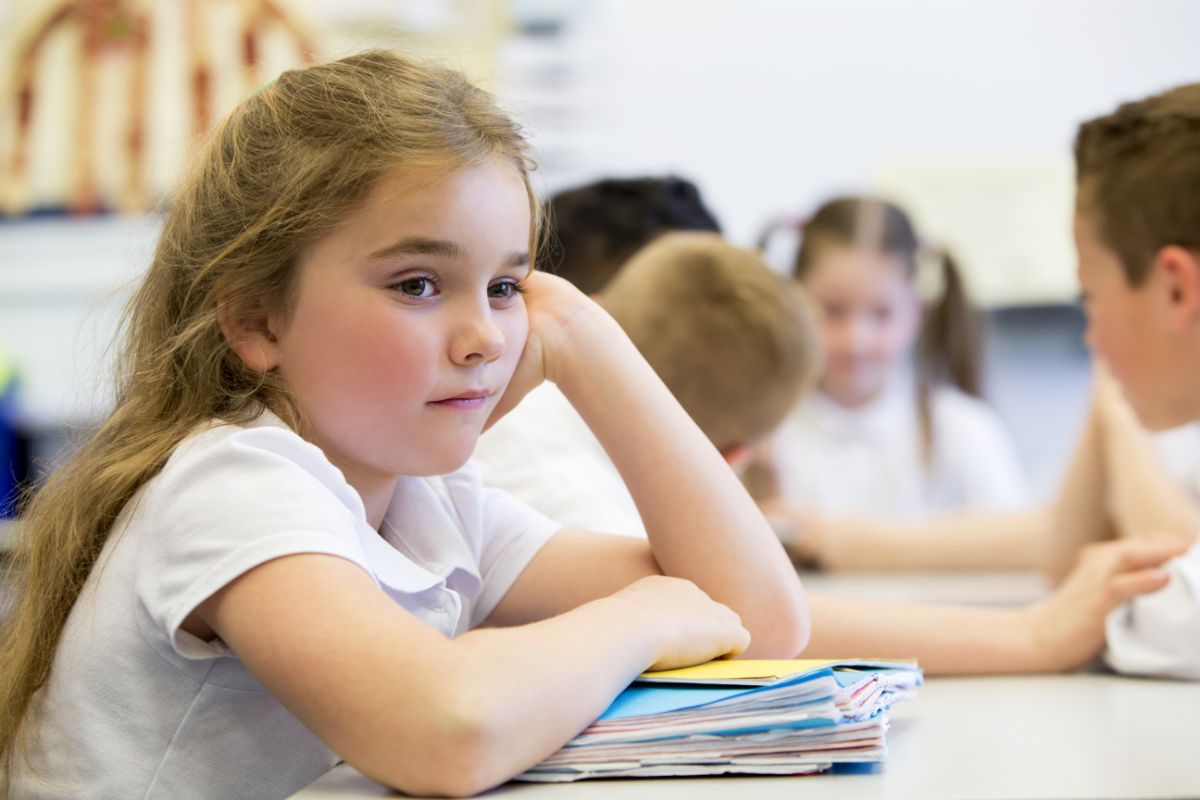
Today's youth often exhibit a mix of sadness and cynical humor, especially regarding the future. This trend, often communicated through memes, reflects their perspective on societal issues and uncertain futures. This humor acts as a coping mechanism for existential anxieties.
The heightened social awareness is commendable but brings a sense of early maturity and despair about future prospects.
11. Meme Culture Is Bridging Social Divides Among Today's Youth
Meme culture has become a significant unifying force among today's youth, breaking down social barriers and cliques. It’s a new form of social engagement where shared humor creates common ground.
For marginalized individuals, memes offer a way to connect and build friendships across diverse groups. It’s an example of how shared cultural experiences in the digital age can foster inclusivity and reduce isolation.
12. High Schoolers Today Sport Impressively Stylish Wardrobes
The fashion sense among high schoolers has evolved significantly, surpassing the casual attire of previous generations. Their style choices reflect a growing interest in self-expression and awareness, influenced perhaps by social media and a broader exposure to fashion trends.
High school corridors have transformed into fashion runways, with students expressing their identities through chic and thoughtful attire. It's a refreshing change that highlights their engagement with current fashion trends and personal aesthetics.
13. Empathy and Adaptability Are Flourishing Traits in Today's Young Minds
In the past 15 years, primary education has witnessed a notable increase in empathy and adaptability among students. Kids today seem more capable of understanding others' situations and adapting to changes, a possible byproduct of their exposure to the internet and global culture.
Empathy and adaptability in children might be enhanced by their exposure to diverse cultures online, enabling them to step out of their local environments. The global perspective they gain is helping mold a generation that is more understanding and flexible.
14. Today's Youth Are Innately Tech-Savvy and Exceptionally Hardworking
Being born into the digital age has made today's youth inherently skilled in navigating the internet. This natural aptitude extends to their academic endeavors, making them more self-reliant in research and surprisingly hardworking, contrary to popular belief.
Far from the stereotypical tech-addicted generation, these young individuals integrate technology seamlessly into their learning and working processes. Their upbringing in the digital era has not only made them adept in technology but also has fostered a strong work ethic.
15. Academic Success Has Become a Key Aspect of Coolness in High School

In many high schools, especially the more academically inclined ones, excelling in studies has become synonymous with being socially accepted. This shift indicates a significant change in the perception of academic success among teenagers.
The trend where high-achieving students are regarded as popular is a departure from previous norms. It suggests a growing realization among young people about the importance of education and future aspirations, reshaping their approach to academic and social life.
16. Open Affection Towards Parents Is Becoming More Common Among Teens
The current generation of teenagers is breaking the stereotype of being averse to showing parental affection. They're openly expressing love and admiration for their parents, a trend possibly influenced by a collective desire to nurture stronger family relationships.
Teenagers today are rewriting the narrative around parent-child relationships. Open expressions of love, like a football player openly admiring his mom, indicate a positive shift towards more emotionally expressive and connected family dynamics.
17. Academic Achievement Is Valued Across All Social Groups in Rural High Schools
In rural high schools, stereotypes still exist, but there's a universal drive toward academic success. No longer is it cool to fail; every social group, including those not pursuing higher education, now values good grades.
This educational aspiration crosses traditional social lines, showing a shift in perspective about the value of learning. Students from diverse backgrounds and future plans are united in their pursuit of academic success, reshaping the culture of rural high schools.
18. High Schoolers Demonstrate a Complex Mix of Rivalry and Mutual Understanding
The social dynamics in high schools today are characterized by a blend of teasing, conflict, and a strong sense of mutual understanding. This balance suggests a more nuanced approach to friendships and rivalries compared to previous generations.
High school life now encompasses a unique mix of friendly jibes and deep-seated camaraderie. Students navigate through playful banter and occasional disagreements with underlying respect and readiness to reconcile, showcasing a mature approach to social interactions.
19. Young Children Show Advanced Communication Skills in Conflict Resolution
Today's children are mastering advanced communication skills at a young age, particularly in conflict resolution. Their ability to apologize sincerely and accept apologies maturely is a development that used to take years to achieve.
Young minds today are adept at handling apologies and forgiveness with maturity, indicating a growth in emotional intelligence. Whether a result of educational focus or societal evolution, these skills are preparing them for more complex social interactions in the future.
20. Youth Are Using Technology Creatively in Learning and Artistic Expression

Far from being mere consumers of technology, today's youth are using digital tools for creative expression and learning. Whether it's through 3D printing in sculpture classes or intricate constructions in Minecraft, they're exploring new frontiers of creativity.
Their engagement with technology transcends entertainment; it fosters innovation and a passion for learning. Through platforms like Minecraft, they're not only building virtual worlds but also developing critical thinking and creative skills that are essential for future endeavors.
21. In-Person Bullying Is on the Decline Among Modern Youth
The incidence of in-person bullying appears to be decreasing among today's younger generation. Kids are more likely to simply avoid those they don't get along with rather than engage in bullying behaviors, indicating a shift in how conflicts are handled.
The decline in bullying suggests a cultural shift towards more respectful interactions among youth. It reflects a greater awareness of the impact of bullying and a preference for peaceful coexistence over confrontation. However, online bullying, or cyberbullying, is still a growing issue.
22. Children Are Increasingly Conscious and Proactive About Environmental Issues
Children today exhibit a heightened awareness and proactive stance on environmental issues, particularly concerning plastic use and ocean protection. Their knowledge and passion for these causes surpass those of previous generations.
These young environmentalists are not just aware of the issues; they're actively advocating for change. Their enthusiasm for eco-friendly practices and understanding of global challenges like climate change is setting a new precedent for environmental stewardship among future generations.
23. College Students Embrace Diverse Friendships Beyond Social Norms
At college, students are forming a wider variety of friendships, indicating a shift from traditional social circles. Despite a prevalent party culture, these friendships are genuine and cross-gender, showcasing a progressive social dynamic.
However, the diversity of these friendships is often limited by the college's demographic makeup. In predominantly white colleges, racial diversity in friendships is less common. Additionally, fraternity culture sometimes creates exclusive social groups, impacting broader student interactions.
24. High School Students Exhibit Remarkable Emotional Intelligence
Today's high school students, especially young men, are showing increased emotional intelligence. They are more aware of their feelings and better at distinguishing emotions from facts, enhancing empathy and understanding in their interactions. This emotional maturity was demonstrated in a conversation where students openly discussed the need for emotional release. Their approach to mental health and current events reflects a broader cultural shift, valuing knowledge and emotional awareness as key aspects of their development.
25. Students Recognize Value in Specialized Education and Alternative Paths
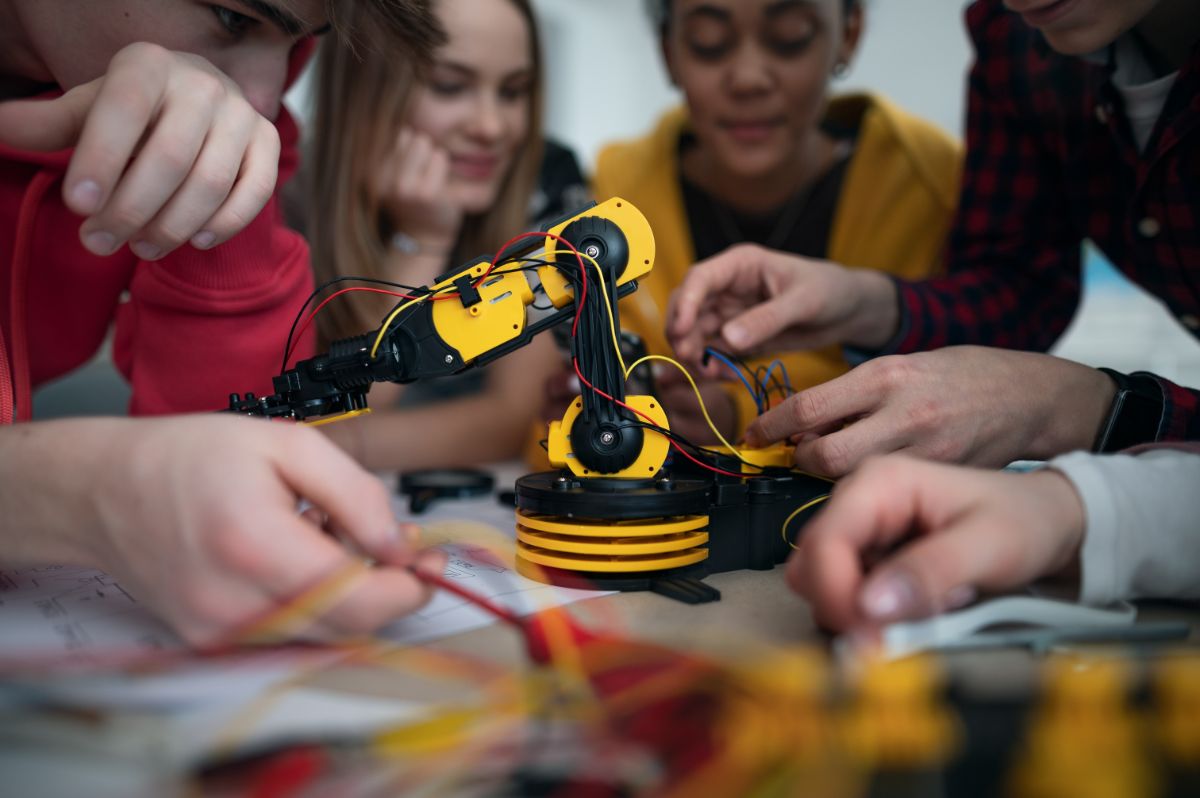
Many students now see the benefits of specialized education paths, including trade and technical schools, as viable alternatives to a four-year college. This realization stems from observing the debt struggles of earlier generations.
The shift towards valuing diverse educational paths is heartening. Students are being guided to choose paths that align with their personal goals, whether that involves traditional university education or vocational training.
26. Young Children Show Advanced Academic Skills and Responsible Tech Use
In some neighborhoods, children are displaying advanced academic abilities and responsible technology usage. These skills include early mastery in subjects like math and reading and disciplined use of digital devices.
The structured approach to technology use, with set time limits, fosters a balance between learning and play. It indicates that these children are not only tech-savvy but are also learning to use technology in a disciplined and constructive manner.
27. Students Actively Learn About Political Issues, Challenging Parental Views
Students are increasingly interested in understanding political issues, often forming opinions that differ from their parents. This curiosity sometimes leads to conflicts at home, as seen in instances where parents have accused schools of bias.
The trend of students exploring diverse perspectives is promising, though it brings challenges in family dynamics. It reflects a shift in the educational environment, encouraging students to be informed and independent thinkers.
28. Schools Show a Growing Acceptance of Cultural Diversity
In schools with high immigration rates, there's a notable acceptance of cultural diversity among students. Differences in cultural practices, like wearing a hijab or observing Ramadan, are met with curiosity and respect. This cultural acceptance is exemplified by the shift from ESL to ENL programs, acknowledging students' multilingual capabilities. Schools are becoming more inclusive, with students embracing diverse cultures and languages, fostering a more harmonious learning environment.
29. Graphic Novels Enhance Critical Thinking in High School Students
Employing graphic novels in high school education is enhancing students' critical thinking skills. This method encourages them to ask insightful questions and engage more deeply with learning materials.
The use of graphic novels in classrooms is proving effective in fostering analytical skills. Students are demonstrating a natural curiosity and ability to engage critically with content, marking a shift in educational strategies and student engagement.
30. Religious Openness Becomes a Norm Among Youth

Youth today comfortably express their religious beliefs or non-beliefs without fear of judgment. This openness marks a shift towards greater acceptance and respect for diverse spiritual perspectives. This trend of religious openness is fostering an environment where students can express their beliefs freely. It signifies a healthy development in social dynamics, encouraging respect and understanding of different religious views.
31. Kids Today Show More Respect and Participation in Activities
Most kids now exhibit a respectful attitude and actively participate in planned activities. This behavior marks a change from previous generations, where non-participation was more common. This trend of respectful participation indicates a shift in youth behavior. Kids are showing more cooperation and engagement in structured settings, suggesting a more positive approach to learning and group activities.
32. Students Excel in Collaboration and Communication Skills
Students today are adept at collaboration and communication, using technology like phones and platforms like Discord. They demonstrate impressive teamwork skills, which are essential for future professional environments.
Despite some challenges, the overall trend is positive. Students are mastering essential collaboration skills, preparing them for the demands of modern professional environments. Their proficiency in using technology for teamwork is a promising sign of their readiness for future challenges.
33. Attitudes Toward LGBTQ+ Students in Schools Have Improved Dramatically
The shift in attitudes towards LGBTQ+ students in schools has been remarkable. Instances of support and acceptance, such as electing a trans student as prom king, highlight a significant cultural evolution. This change over the past decade shows a move towards inclusivity and support for LGBTQ+ students, contrasting with past experiences of ridicule. It reflects a broader cultural shift in schools toward acceptance and celebration of diversity.
34. Students Are More Aware of Job Market Needs and Personal Development
Students today are increasingly aware of the job market's demands and the need to stand out. They understand the importance of internships, networking, and pursuing personal interests to enhance their future prospects. This awareness marks a shift from previous generations, who were often told a university degree would suffice for success. Today's students recognize that a degree alone is not enough, and they are taking proactive steps to prepare for their careers.
35. Education Sparks Natural Feminism Among Underprivileged Girls in India
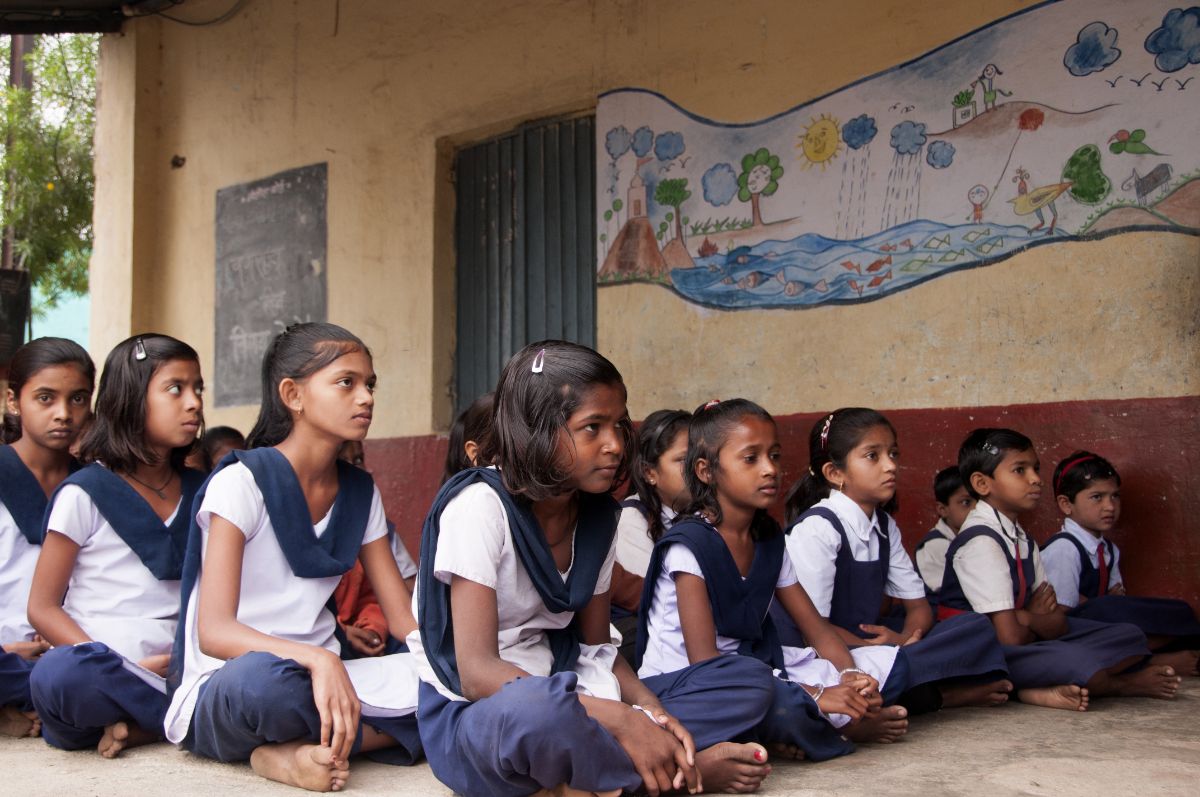
Teaching underprivileged girls in India is revealing a natural rise in feminism as a byproduct of education. These girls are beginning to question the patriarchal norms present in society, signaling hope for future societal changes. This development indicates a shift in consciousness among young women in India. Education is empowering them to challenge long-standing societal norms, paving the way for a more equitable future.
